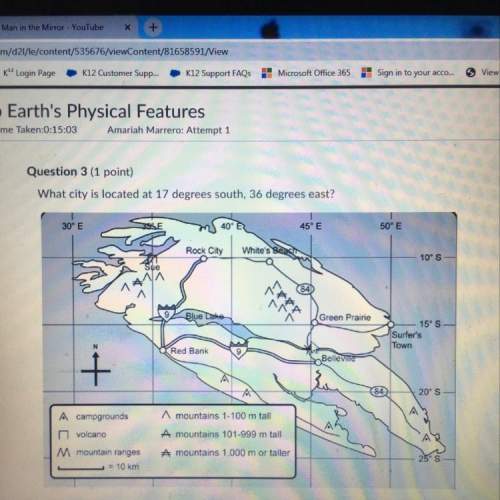
Chemistry, 26.02.2021 19:30 TrucerZ6707
A substance undergoes a chemical change. The result is a new substance with new properties. However, when a substance undergoes a physical change, it is often reversible. The substance has new physical properties, but its chemical properties do not change. Based on your observations of the combinations of salt and water as compared to baking soda and vinegar, which reactant went through a chemical change? Use evidence to explain your choice.

Answers: 3


Other questions on the subject: Chemistry


Chemistry, 21.06.2019 20:30, pennygillbert
In which layer of earth do most earthauakes occur a_ inner core b_outer core c_mantle d_crust
Answers: 1


Chemistry, 22.06.2019 05:30, mandy9386
You are making a solution of calcium chloride dissolved in water. you add solid, stir, and it dissolves. you add just a spatula tip full, stir, and the solid does not dissolve. how could you describe the solutions before and after adding the spatula tip amount
Answers: 1
You know the right answer?
A substance undergoes a chemical change. The result is a new substance with new properties. However,...
Questions in other subjects:

Mathematics, 04.07.2021 08:10

Geography, 04.07.2021 08:10

World Languages, 04.07.2021 08:20

Physics, 04.07.2021 08:20


Mathematics, 04.07.2021 08:20

Chemistry, 04.07.2021 08:20

Health, 04.07.2021 08:20

Mathematics, 04.07.2021 08:20





